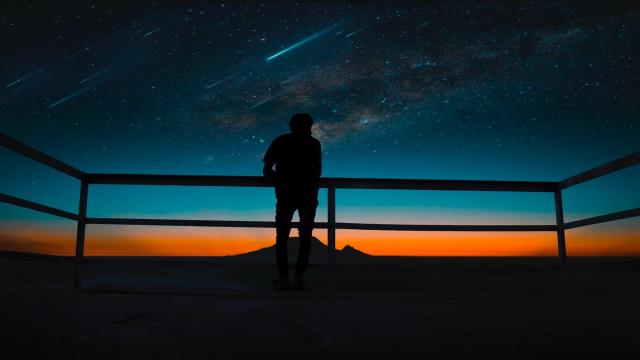Image: Pexels
The Perseid Meteor shower is expected to peak on August 13, which means it will be prime time to catch a glimpse of a falling star (or 20). Over 75 shooting stars are expected to fly by an hour, which means you should be able to catch that glimpse not only with your eyes but also with your camera.
If you want to try your hand at snapping a few pics on the big event, here are some tips from NASA on how to make the magic happen:
Go At The Right Time
The “best” time to take a picture of the meteor shower is going to be between midnight and 3am. Forecasters think that the shower will be at its peak during those times. You’ll certainly be able to see some of the shower all night, but 12am-3am is going to be the sweet spot.
Turn Down the Lights
This one might seem like a no-brainer, but you’re going to be better off heading somewhere in the country to see the shower rather than standing on your rooftop in the middle of the city. City lights can make it harder for you to see passing meteors. The same goes for your camera, if you’re using an LCD screen to frame up and shoot photos, turn the brightness down on it so you can see fainter meteors passing by.
Have the Right Equipment
NASA recommends having both a tripod and a wide-angle lens to catch the shower. Meteor showers require long exposures, so a tripod is a must-have to make sure you’re able to get a clear shot. Otherwise, movement from even you breathing can wind up making that long exposure a blurry mess. A wide-angle lens will help you capture more of the sky around you (and give you a better chance of nabbing a shot of something as it’s passing through your view).
NASA also recommends using a shutter release cable of your camera’s built-in timer to capture shots, for the same reason as the tripod, this ensures your movement doesn’t shake your camera and ruin the picture.
Use Manual Focus
Meteor showers are not the time for autofocus. Turn it off, and instead set your camera’s focus to infinity. Try a few test shots on stars to make sure you’ve got that focus right, and tweak things as necessary.
Figure Out Exposure
You can figure out your maximum exposure time by dividing the number 500 by the length of your lens. The number you get is how long you can keep your shutter open before you’ll see star trails in your pics. If you want those, then shoot for longer, if you would rather they stay out of your shot, keep the exposure shorter.
Trial and Error
If this is your first time shooting a meteor shower, there’s going to be a lot of trial and error. Go early and play around to figure out what’s going to work. If your picture looks too dark, adjust your aperture to a lower number and your ISO to a higher number. Gently tweak those (one at a time!) until you find the perfect mix for your shooting situation.
And have fun! You’re likely to have a lot more failures than successes your first go-around, but the more you practice the better you’ll be, and the better your pics will be the next time there’s another big event.

Comments